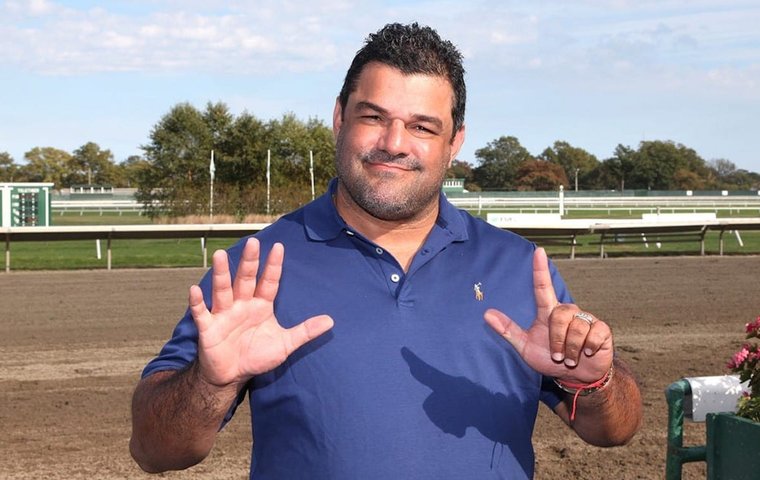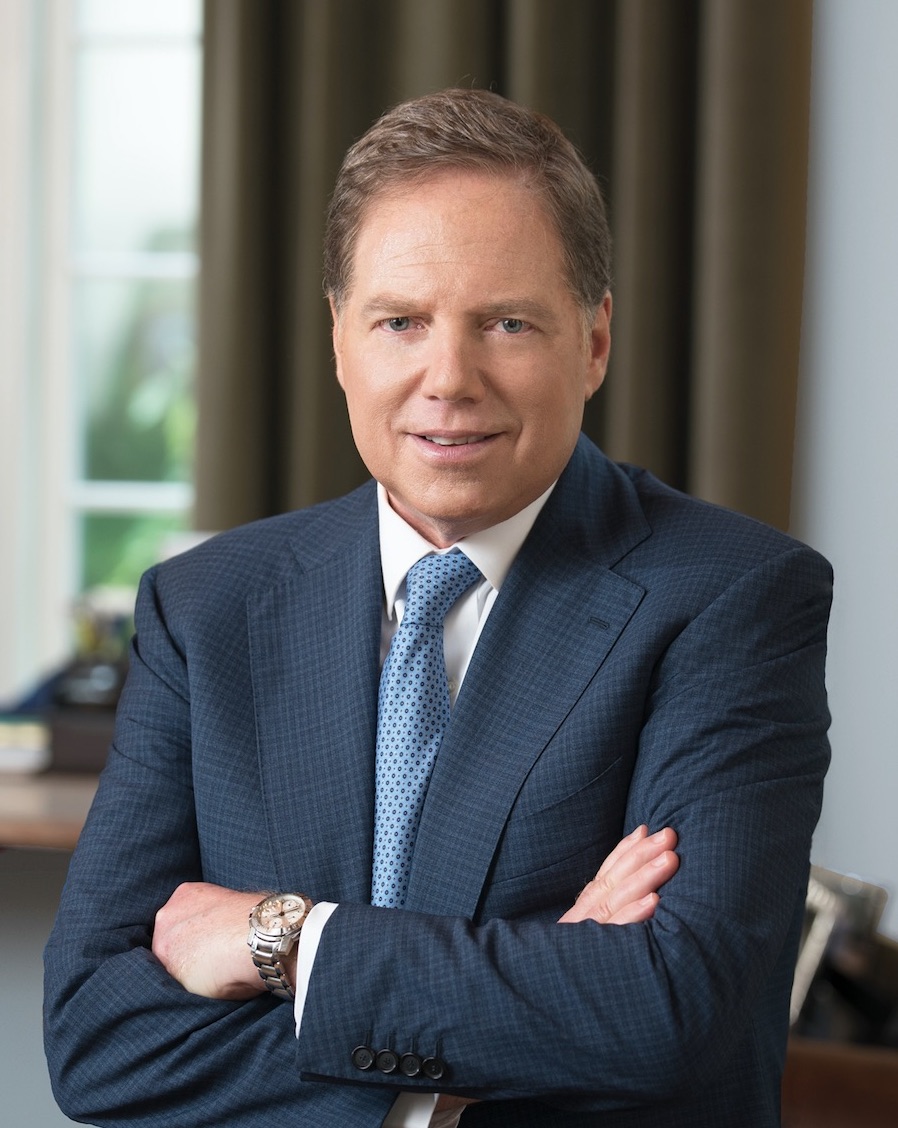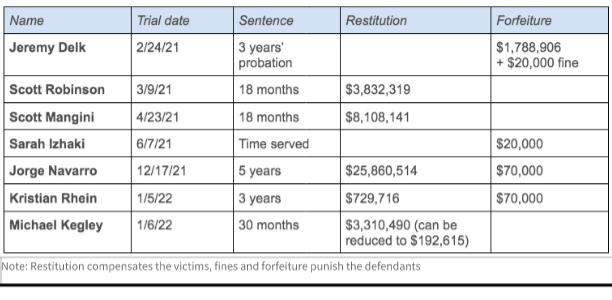
In his regular column, Charles Hayward catches up with developments in the doping scandal that has rocked US racing to its core – and worries that the industry still has plenty to do to catch up with the cheats
Was the future of Thoroughbred racing in the US changed utterly on Monday, March 9, 2020?
That was the day on which New York-based US Attorney Geoffrey S. Berman outlined bombshell indictments alleging a widespread conspiracy to cheat among certain trainers – notably Jorge Navarro and Jason Servis – and others involving misbranded and adulterated drugs. In other words, a doping conspiracy via performance-enhancing drugs.
Berman made no bones about the significance, saying: “Today’s unsealing of four indictments for widespread doping of racehorses is the largest ever of its kind from the Department of Justice.
“These defendants engaged in this conduct not for the love of the sport, and certainly not out of concern for the horses, but for money. And it was the racehorses that paid the price for the defendant’s greed. The care and respect due to the animals competing, as well as the integrity of racing, are matters of deep concern to the people of this district and to this office.”
Well, it has been almost two years since then and there has been some very good progress. First, in December 2020, the Horseracing Integrity and Safety Act was signed into federal law and the Horseracing Integrity and Safety Authority (HISA) was founded. Unfortunately, the United States Anti-Doping Authority (USADA) has not reached a business arrangement with HISA, which is a potentially serious problem.
The cases brought in front of the court were slow to materialise but after the first year most of the cases are being scheduled.
The first trial for a not guilty plea was scheduled for Florida-based veterinarian Dr Seth Fishman at the end of January, who was charged with two counts of drug adulteration and misbranding, with intent to defraud and mislead, in connection with a near 20-year scheme to create and distribute performance-enhancing drugs (PEDs) in horse racing.
Despite his plea, Fishman and his attorneys put up only a brief response after the prosecution case. Jurors deliberated for approximately three hours before returning their guilty verdict. Scheduled to be sentenced on May 5, Fishman is facing a maximum of 20 years in prison.
Fishman’s case was tried after the first seven cases were all settled with guilty pleas and resolved by the court. The most notable of these was 'Juice Man' Navarro, sentenced in December 2021 to five years’ imprisonment and ordered to pay back $25.8 million in restitution. He has yet to begin his sentence.
On the other hand, former leading trainer Jason Servis – who saddled Maximum Security to win the first Saudi Cup, the world’s richest race, shortly before his indictment was made public – is one of several others awaiting trial after pleading not guilty. It is worth noting that prosecutors have said in court papers that they are in plea discussions with several unnamed defendants.

Now once again I would like to reference this excellent Washington Post article on the subject by Gus Garcia-Roberts, who provides detail on how things developed after the Jockey Club began discussions with USADA – and how Fishman’s name came into play via the world of cycling.
Garcia-Roberts wrote: “In late 2015, [Jockey Club chairman Stuart] Janney decided that if the industry and elected officials wouldn’t act, the Jockey Club would. He envisioned a private investigation that would expose widespread doping in the sport. But he found initial meetings with detective agencies uninspiring.
“Travis Tygart, President of USADA suggested a more formidable force. 5 Stones Intelligence was, at the time, secretly playing a central role in uncovering the conspiracy involving Russian state-sponsored doping of its athletes. The intelligence agency was founded by David Tinsley, a former DEA supervisor known for pursuits of some of the most sophisticated criminals on the planet.
“5 Stones’ pitch involved homing in on those making excess profits from PEDs, Janney recalled, by analyzing the assets of veterinarians and others in the industry. ‘It was all about the dark web,’ Janney said, and ‘cyber stuff’.
“One key target, Tygart said, was the product of the Jockey Club’s relationship with USADA. In 2014, the agency received a tip that veterinarian Seth Fishman had provided the PED epogen to a South Florida cycling team, in addition to racehorse trainers. USADA handed over the information to 5 Stones, Tygart said, and the Fishman investigation widened into a network of top trainers and vets suspected of distributing and administering PEDs up the Eastern Seaboard, into Kentucky and Ohio and even to the United Arab Emirates. Fishman was indicted last year; his attorney, Andrew Feldman, declined to comment.
“Janney said none of the Jockey Club board members objected to the plan, with the only agitation stemming from impatience at the pace of the investigation. But when it was time, 5 Stones Intelligence was well placed to turn the investigation into federal indictments. Not only is it staffed with former federal agents, but the private company has in recent years been awarded millions of dollars’ worth of business with the Department of Justice and other US agencies, according to a federal contracting database.”
A case of zero assistance
Garcia-Roberts did not disclose that the Jockey Club retained 5 Stones in late 2015 or early 2016; the federal indictment suggests the authorities did not get involved with the Navarro, Servis et al case until 2018. This means to me that 5 Stones had a minimum of two years to research and develop the case for Stuart Janney and the Jockey Club to present to the Feds.
Yet how much assistance did the racing industry receive from the National HBPA (National Horsemen’s Benevolent and Protective Association) and any state affiliates? ZERO.
The National HBPA and some affiliates not only did not support HISA, but once the legislation passed in December 2020, the HBPA and some affiliates filed suit challenging HISA’s existence on March 15, 2021.
How about state racing commissions? Was there perhaps any role for them in this aggressive move to police cheating trainers? You’d think so.
After all, before his 2020 arrest, Jorge Navarro trained 16 horses who raced at Saratoga in 2019 earning $354,152 and he had gone 13 years without a drug violation in New York or 14 other states. As for Jason Servis in New York, he had one positive drug violation in 2005. Yet their actions suggest state racing commissions had limited interest in the alleged nefarious activities of Navarro or Servis.
‘Science runs ahead of enforcement’
One might have thought that a number of state racing commissions would have been interested in a broader and deeper dive into drug testing at the state level, perhaps with an emphasis on out-of-competition (OOC) testing which is way behind testing levels of most strong racing jurisdictions.
In fact, the Albany Times Union, published an extensive article on Feb 6 on this very topic written by Emilie Munson under the headline: 'NY lab losing battle of doping in horse racing’s ‘cat and mouse game' … and it’s one the state might be losing as science runs ahead of enforcement'.
This is an interesting article. “New York’s Equine Drug Testing and Research Laboratory is considered one of the most pre-eminent in the country,” writes Munson, “but its director, George Maylin, and his team acknowledge their lab can test for and identify only a portion of the substances found in thousands of samples taken from New York racehorses every year.
“‘Here’s the problem: the so-called performance enhancing drugs (PEDS), no one – nobody – knows what they are,’ Maylin said. ‘Nobody has a test for them.’”
And here is a scarier issue highlighted by Munson, who says: “Until now, regulating horse racing and conducting equine drug testing has been left to the states. The New York Gaming Commission, which assumes responsibility for regulations in the state, declined to make any of their employees or officials available for an interview. The commission also declined to answer questions from the Times Union regarding equine drug testing.”
Surely transparency is not far short of critical for any state agency conducting issues surrounding equine drug testing?
One additional thought. TD Thornton had an interesting column on the front page of Thoroughbred Daily News (Jan 31) entitled ‘Like Baseball, Racing Will Face Reckoning Over Unsettling ERA’.
Thornton poses this final question: “Will the current time frame be viewed as an over-reactive witch-hunt? Or will it eventually be defined as the era when the industry started cleaning up its act for the betterment of the sport?”
My strong personal opinion is that if we collectively do not clean up our industry’s act, we won’t have a sport.


